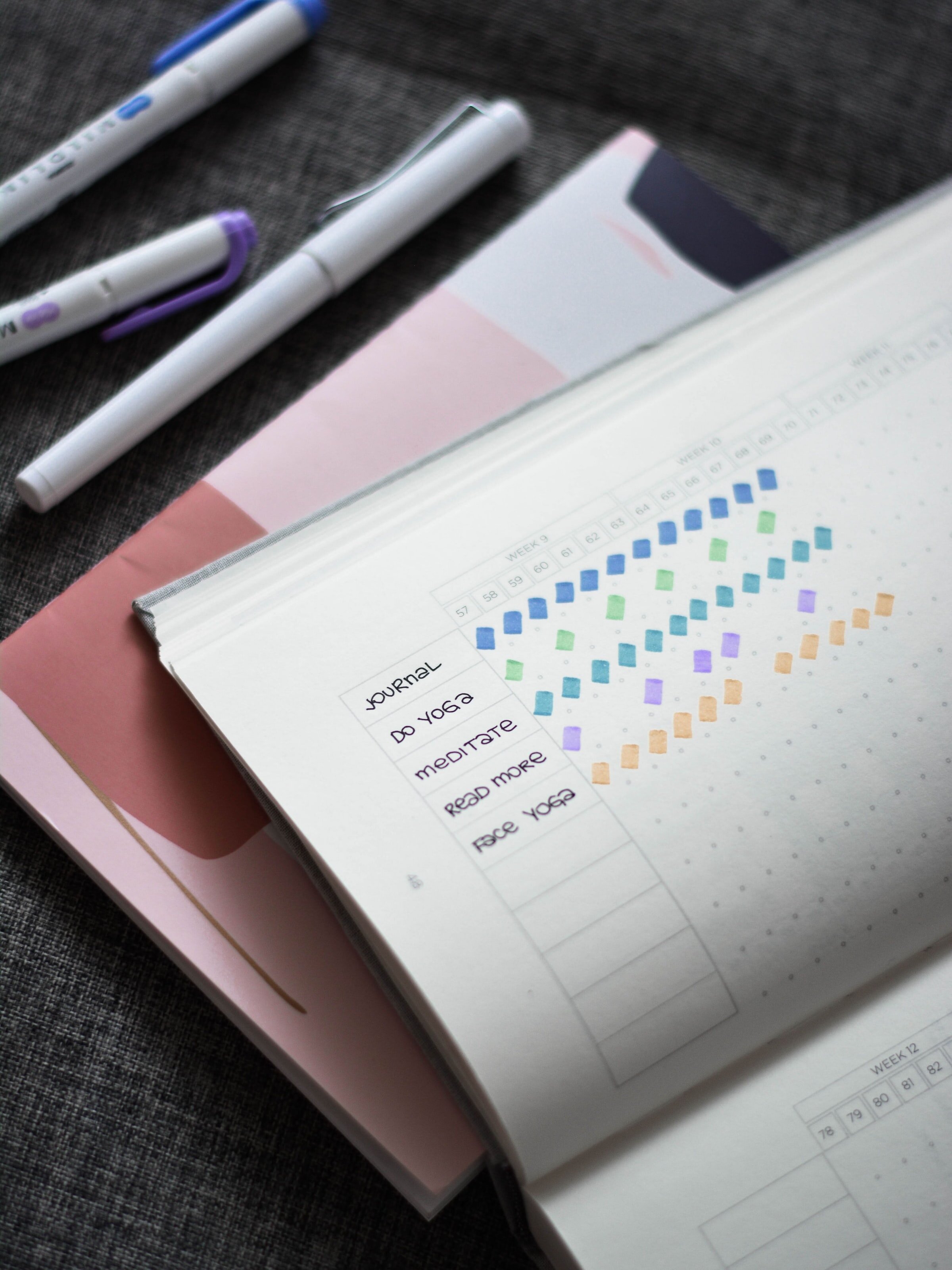By Ashley Gregory, LMFT
Personal Beginnings
My initial reaction to learning Nonviolent Communication (NVC) was piercing skepticism. Nonviolent Communication: A Language of Life by Marshall B. Rosenberg was required reading for a service learning internship during my early college years. It took considerable effort to overcome my resistance to opening the blue book with an image of the Earth surrounded by the petals of a yellow daisy on the cover. I finally cracked the book open as I considered how important it was for me to keep up with my job expectations. One of the first lines from the book that I noticed was: “Through its emphasis on deep listening--to ourselves as well as others--NVC fosters respect, attentiveness, and empathy, and engenders a mutual desire to give from the heart” (p.4). As NVC began to resonate with me, I also soon discovered that putting it into practice was considerably more challenging than reading about it. About 17 years later, the copy I still reference is the very same marked up 2nd edition, littered with bright blue highlighter throughout.
For one of my first jobs after graduating college, I piloted a conflict mediation program for middle schoolers drawing upon the principles of NVC. Floating above our heads in my classroom at the time were bright blue and white clouds I made from cardboard and attached to the ceiling. Upon each cloud I wrote a basic human need--part of the foundation of NVC--in English on one side and Spanish on the other. A dedicated group of sixth, seventh and eighth graders meet weekly to learn and practice the concepts and principles of NVC. Over time, these young people found ways to make sense of NVC in their own ways and worked to create a school with more connection and empathy. I look back very fondly on these memories. Sadly, the program survived less than two school years due to budget cuts. Still, I believe the experience offered our school an opportunity to grow.
The NVC Model
NVC is a heart-centered practice. It is a way to connect with and deeply understand one’s self and one another. Marshall Rosenberg describes the four components of the NVC model with an acronym, “OFNR,” pronounced “off-ner.” It stands for Observation, Feeling, Needs and Request. The place I usually begin with is the concept of Needs.
In NVC, every human being has Needs.
The major categories of Needs, as well as a few examples within each category, are as follows:
Autonomy (choice)
Physical Nurturance (including air, food, movement, water, sexual expression and touch to name a few)
Celebration (of life and loss)
Integrity (meaning, self-worth)
Play (fun, laughter)
Spiritual Communion (order, peace, beauty)
Interdependence (community, acceptance, empathy).
One of the fundamental concepts in NVC is that our feelings are related to whether our needs are or are not met. Slowing down enough to consider your own Needs, or to empathize with the possible Needs of another, is essential.
Feelings are trailheads to needs.
One practice I have implemented for myself, as well as within my psychotherapy practice, is to simply read the lists of feelings words within my NVC book. Feelings are like colors, the more variety to choose from the better. NVC emphasises feelings when our needs are met and feelings when our needs are not met. For example, feelings when our needs are met may include interested, grateful, playful, peaceful, affectionate and hopeful. When our needs are not met, we may feel agitated, confused, disconnected, sad, scared, vulnerable. Notice how feelings are not categorized as “good” or “bad,” “positive or negative.” Feelings just are. For examples, someone may feel “perplexed” when their need for meaning is not met, or “refreshed” when their need for peace is met.
Observations, not evaluations
Observations are very specific details about behaviors. “The trick,” Rosenberg states, “is to be able to articulate this observation without introducing any judgment or evaluation” (6). In practicing observations, I try to pretend my perspective is a camera lens, perceiving information available to an inanimate object. In other words, “Blame, insults, put-downs, labels, criticism, comparisons, and diagnoses are all forms of judgement” (15). For example, saying “you are a procrastinator” is a judgemental label, whereas saying “you arrived past our agreed upon time the last five times out of six” is an observation.
Requests are about connecting: Win-Win situations
Finally, Requests are open-ended questions with a concrete goal. An example of an NVC process goes as follows: “When you enter my room without asking me first, I feel alarmed because I need safety. Would you be willing to knock before entering my room?” When making requests, it is very important to consider that your request may be denied, in other words, someone may say “no.” In this case, you begin again with the NVC process, starting with Observations, followed by Feelings, Needs and another Request, until a mutual agreement is achieved.
Looking Ahead
For me, practicing and embodying NVC is a life-long process. It is a tool, a way of relating to myself and others as well as an outlook on humans’ ability to share our experiences deeply to create a more harmonious world. Working with an NVC-inspired therapist may offer you a felt sense of how to connect with your own needs and empathize with the needs of others. I practice NVC with individuals and those in relationships with one another to nourish compassionate well-being.
**BayNVC.org is where I found an NVC practice “home,” somewhere to refer to for insight and consistency. I find BayNVC’s commitment to transparency around power and privilege particularly inspiring.



























